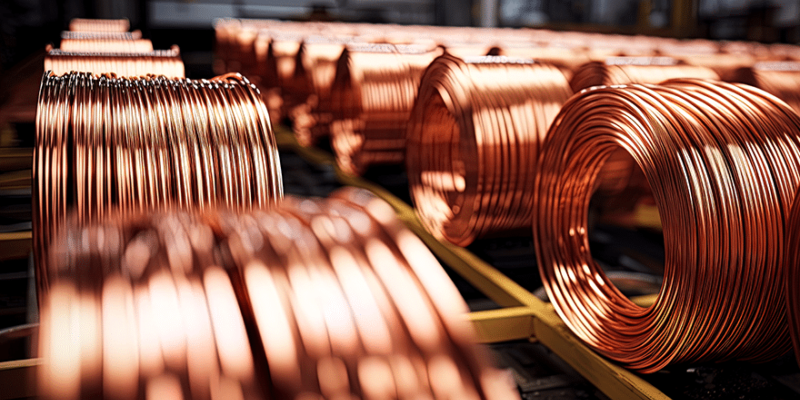Strategic Vision Targets Self-Sufficiency and Global Copper Partnerships by 2047
India has unveiled an ambitious roadmap to dramatically scale up its copper production capacity and reduce its reliance on foreign imports—signaling a decisive move to secure its place in the future of critical mineral supply chains.
The newly released strategy, revealed in part by Reuters, outlines a multi-pronged approach that blends domestic infrastructure development with international partnerships and long-term policy incentives. The plan comes amid mounting concerns over supply security and soaring demand for copper, a key material in electric vehicles, renewable energy systems, and digital infrastructure.
Copper Demand Set to Surge
Currently the world’s second-largest importer of refined copper, India faces a stark future if production doesn’t keep pace. Projections suggest that by 2047, India could be forced to import up to 97% of its copper concentrate needs unless significant domestic investments are made.
In the 2025 fiscal year alone, copper imports rose by 4% to hit 1.2 million metric tons. By 2030, demand is expected to triple to 3.3 million metric tons—and could surge to nearly 10 million by 2047.
Tapping into Global Copper Networks
To bridge this looming gap, the Indian government plans to attract top global mining companies—such as Chile’s Codelco and Australia’s BHP—to build smelters, refineries, and processing facilities on Indian soil. In return, Indian state-owned enterprises will explore investment opportunities in overseas mining projects to ensure a steady pipeline of raw materials.
India is also pursuing long-term copper supply contracts through its ongoing free trade agreement (FTA) negotiations with Chile and Peru—both of which are major global copper producers. These deals may include dedicated copper trade clauses to guarantee fixed-volume supply access.
Incentives for Domestic Growth
To encourage domestic infrastructure development, the policy introduces a range of financial incentives, including:
- Capital subsidies for smelters and refiners
- Customs duty exemptions on imported machinery
- Support for scrap recycling facilities to maximize resource efficiency
India aims to develop up to 5 million metric tons of additional smelting and refining capacity over the next two decades.
Yet, challenges remain. Although India is home to an estimated 12.2 million metric tons of copper resources, only 18% of this is classified as economically recoverable reserves. Further risks such as resource nationalism, geopolitical tensions, declining ore grades, and global underinvestment in copper mining could limit supply from key exporters like Chile, Peru, Zambia, and Australia.
Part of a Broader Metals Strategy
India’s copper push is part of a broader industrial metals strategy. The government has also released a complementary plan to boost aluminum production, anticipating demand will hit 8.5 million metric tons by 2030.
A Global Signal
This bold strategy sends a clear message: India intends to secure its future in the global clean energy and high-tech economy by becoming a more self-reliant and influential player in the copper value chain. As copper’s role becomes increasingly central to global electrification and decarbonization efforts, India’s move to localize production and forge strategic global ties may serve as a model for other emerging economies.


